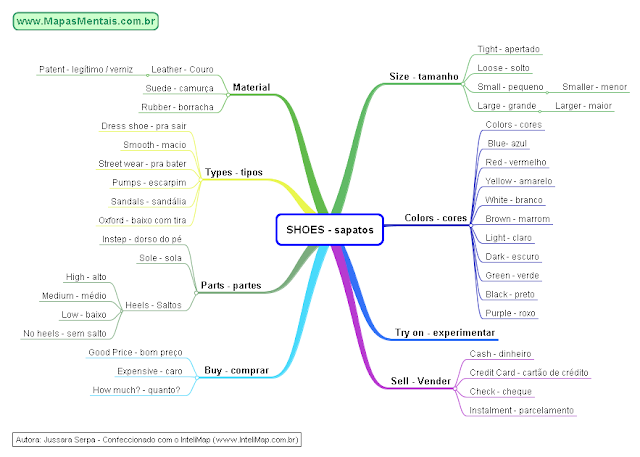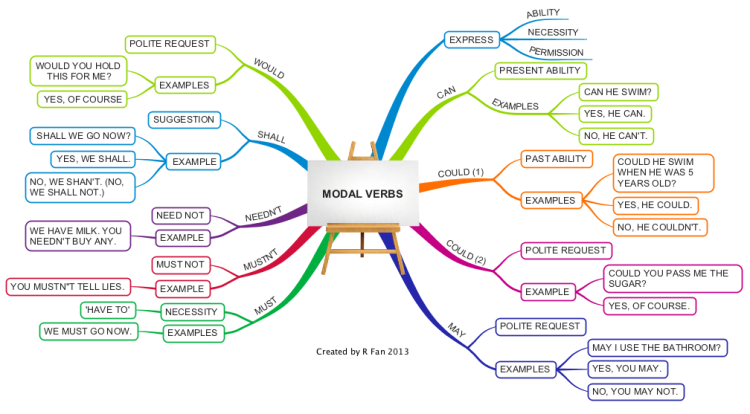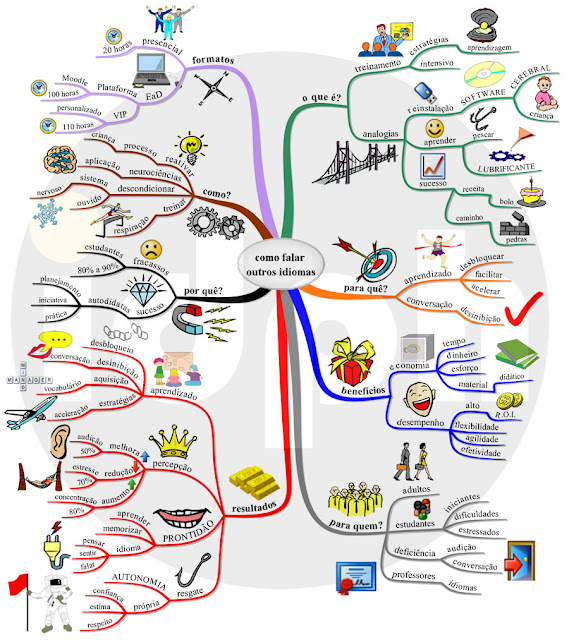SPEAKING - QUESTIONS - SIMPLE PRESENT
HOW OFTEN DO YOU DO EXERCISE? HOW OFTEN DOES YOUR SISTER DO EXERCISE? DO YOU ENJOY COOKING? HOW OFTEN DO YOU COOK? WHAT ABOUT YOUR MOTHER? DOES SHE LIKE COOKING? DO YOU GO OUT WITH YOUR FRIENDS? HOW OFTEN DO YOU GO OUT WITH YOUR FRIENDS? WHERE DO YOU GO? DO YOU USE A COMPUTER A LOT? DOES YOUR SISTER USE A COMPUTER A LOT? DO YOU LIKE TRAVELLING? DOES YOUR BEST FRIEND LIKE TRAVELLING? DOES YOUR BROTHER LIKE TRAVELLING? HOW MANY LANGUAGES DOES YOUR SISTER SPEAK? HOW MANY LANGUAGES DOES YOUR BROTHER SPEAK? DOES YOUR BROTHER LIKE PLAYING FOOTBALL? DOES HE LIKE WATCHING FOOTBALL? HOW OFTEN DOES HE PLAY FOOTBALL? DO YOU HAVE A PET? DO YOU WANT TO HAVE A PET? DOES YOUR BEST FRIEND HAVE A PET? DO YOU LIKE SPICY FOOD? WHAT KIND OF FOOD DO YOU LIKE?


